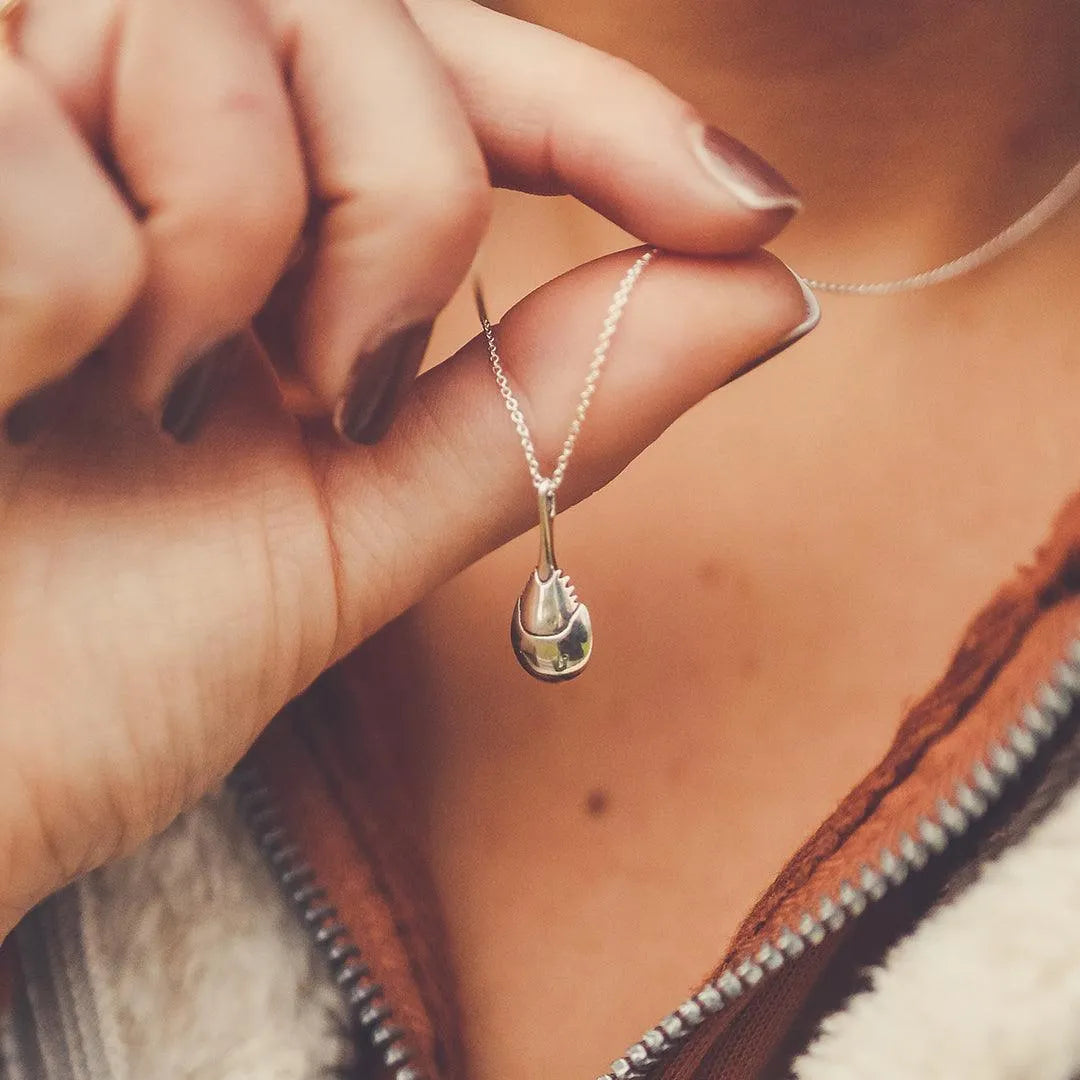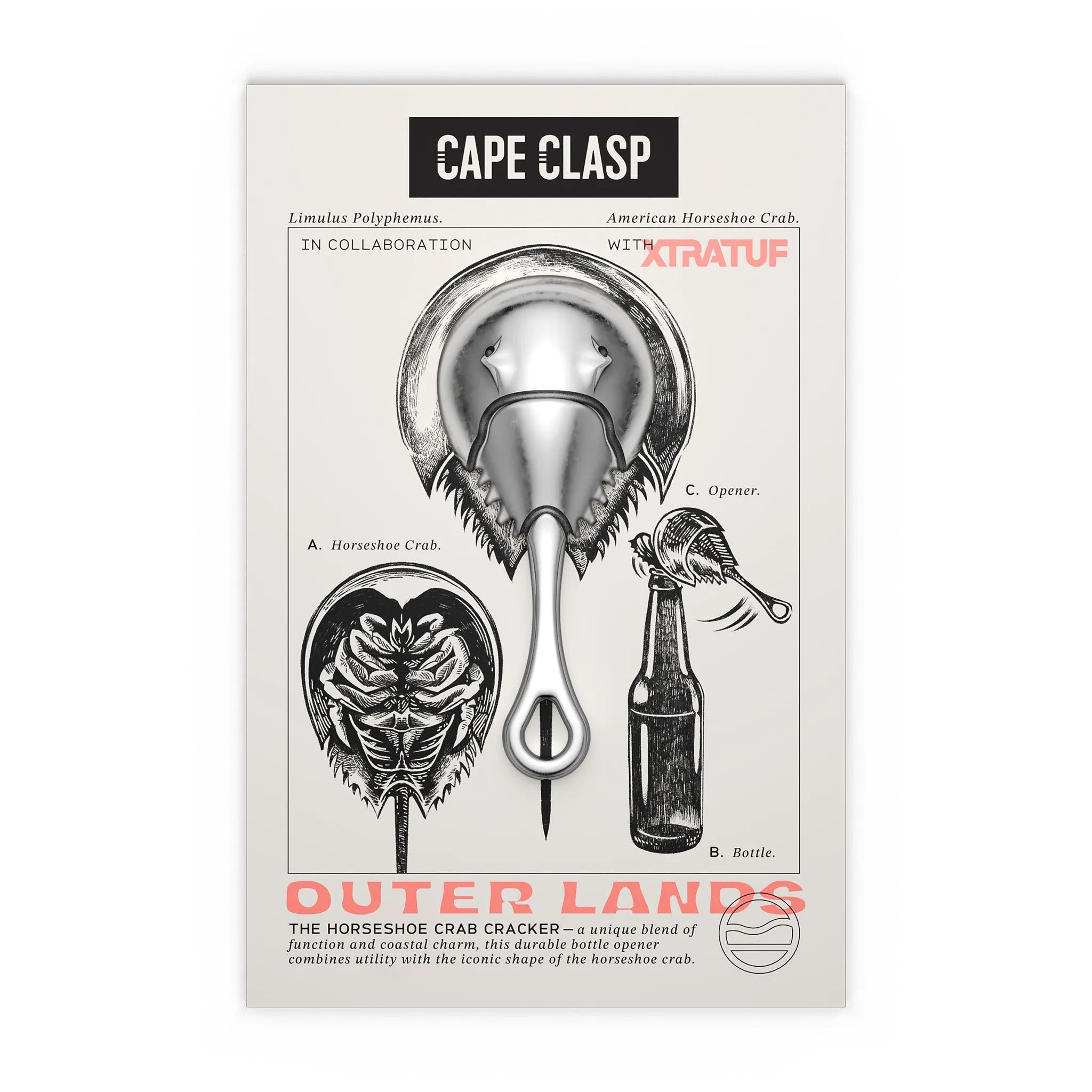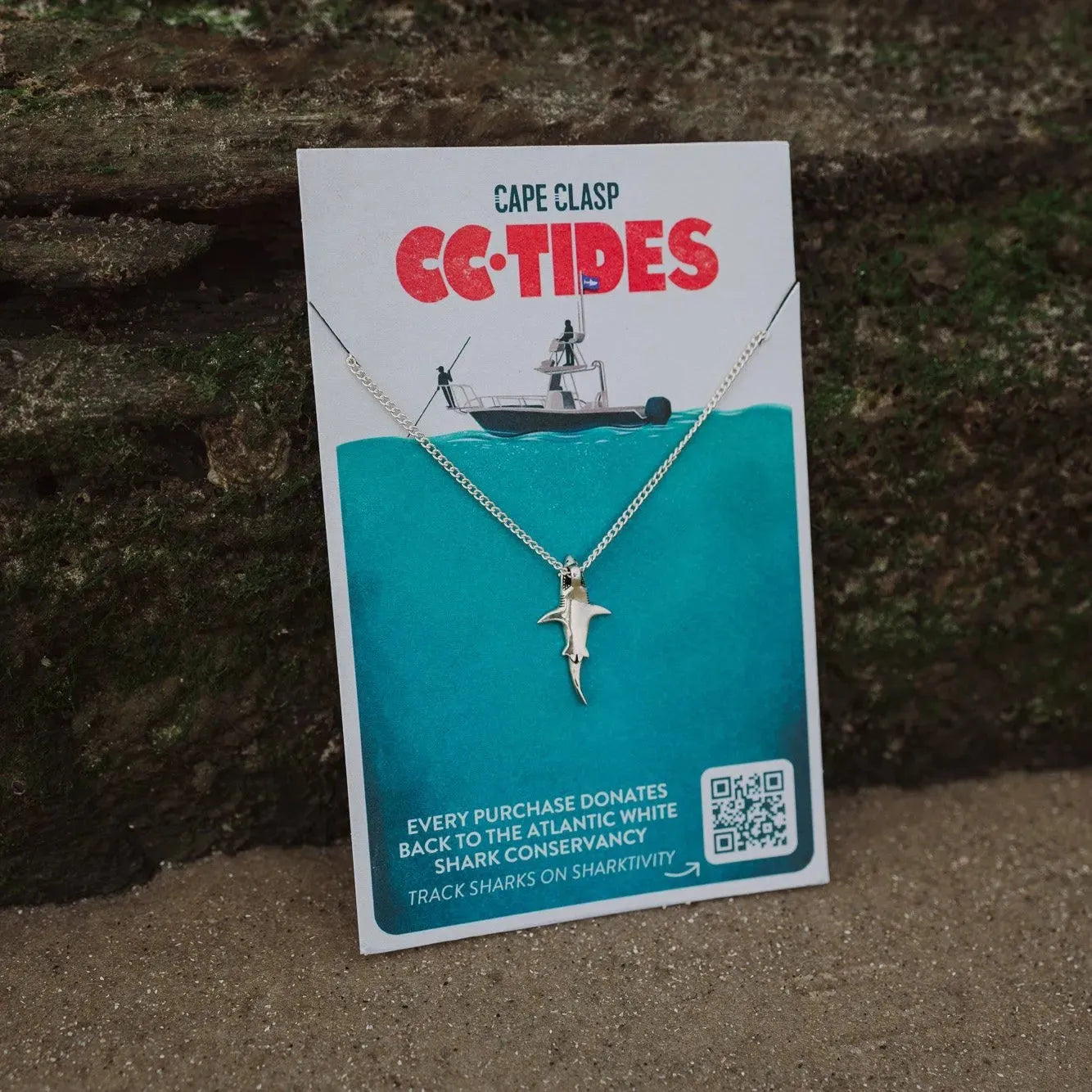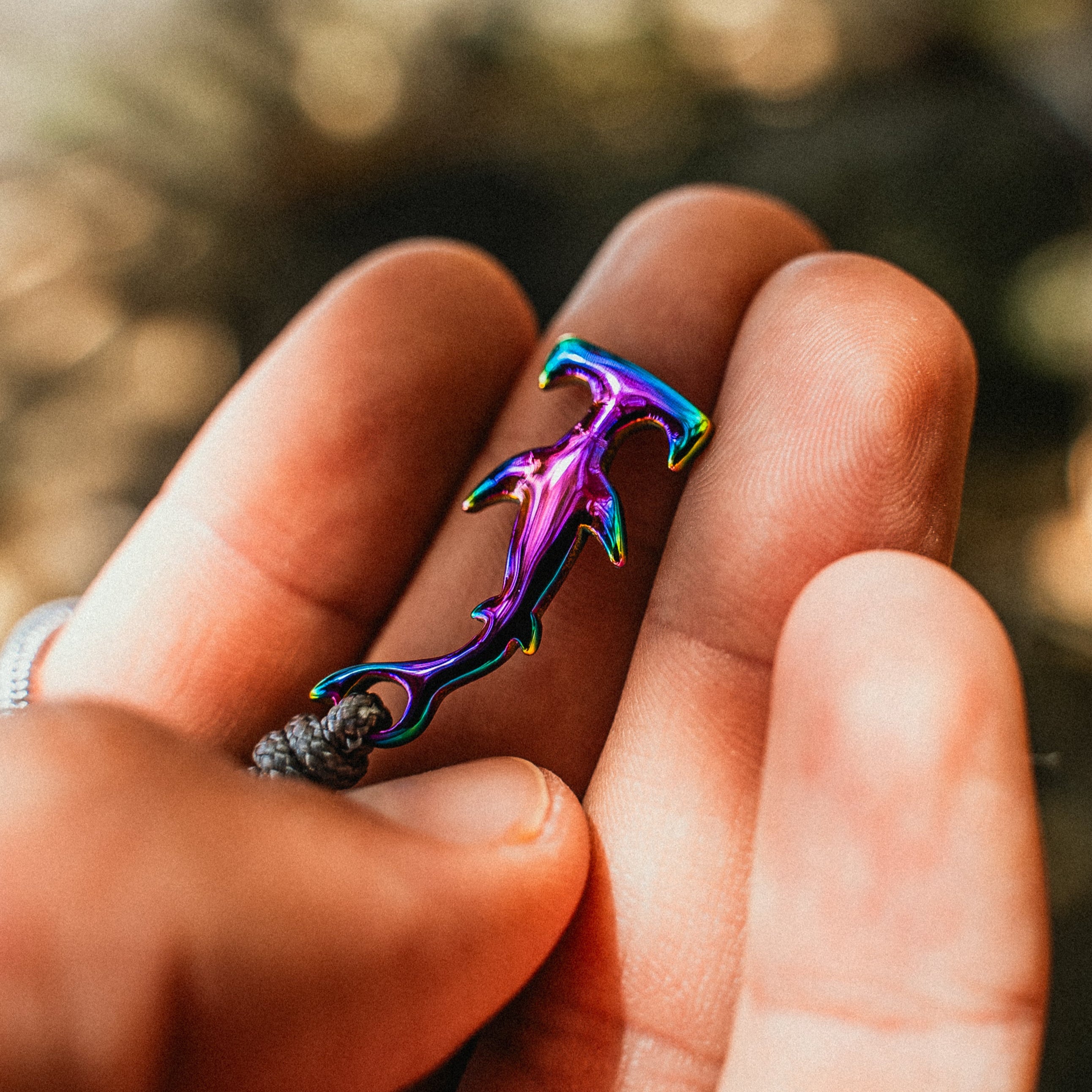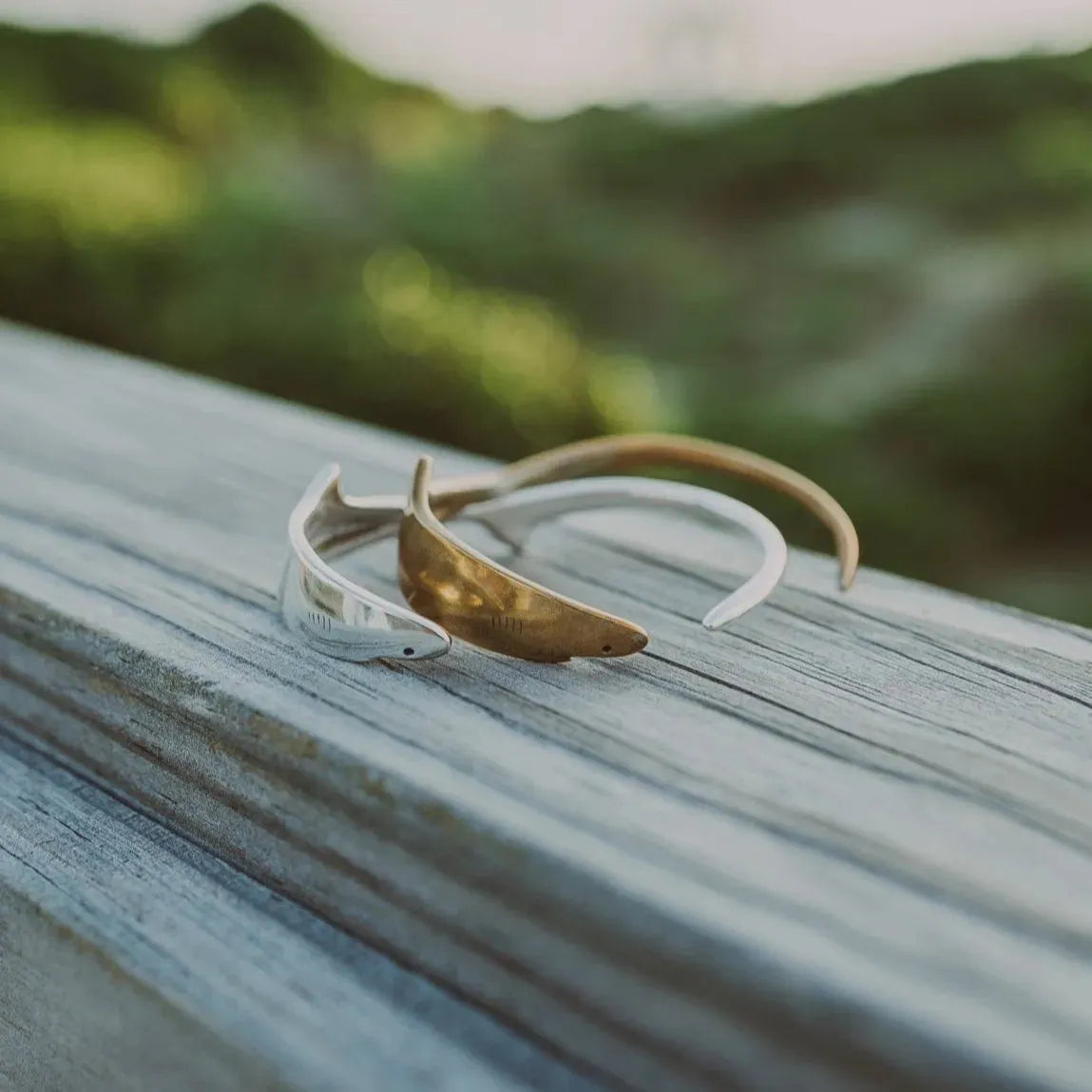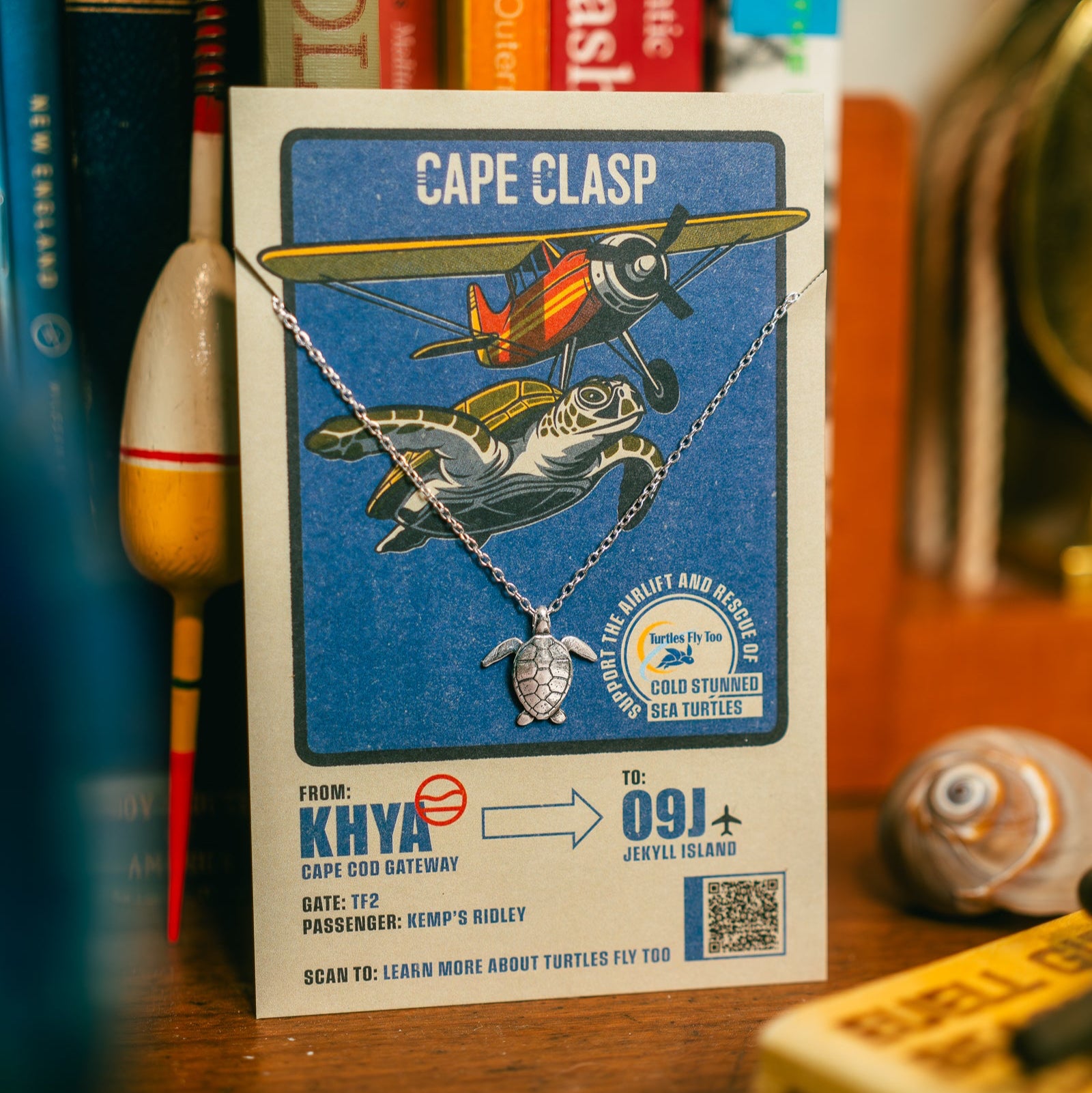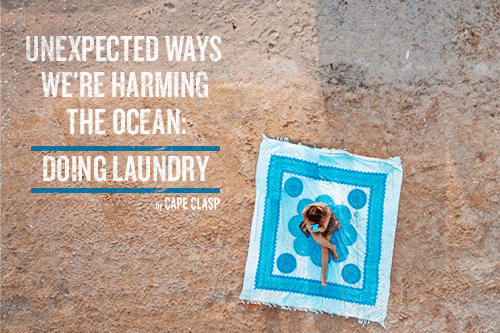
UNEXPECTED WAYS WE’RE HARMING THE OCEAN: DOING THE LAUNDRY
Human activity is taking a toll on our oceans. Pollution, oil spills, and overfishing are just a few of the obvious ways we’re harming the ocean and the animals that live there. But, there are plenty of surprising ways our everyday actions are harming marine life.
One unlikely culprit? Doing the laundry.
OUR CLOTHES ARE MADE OF PLASTIC
Fast fashion has significantly changed the industry into rapidly mass-producing clothes, giving consumers more options at lower price points. Instead of relying on natural fibers of the past like cotton or eco-friendly wool, 60 percent of our clothes are now made from synthetic fibers made from plastic. This might be better for our wallets, but at the cost of the environment.
You likely don’t bat an eye when you have to clean out the lint trap in your dryer, but have you ever thought about the fibers that come off when you wash your clothes? Since many new washers don’t have a lint trap, these teeny tiny plastic fibers flow out in the drain into the sewer system. The filters at sewage treatment plants aren’t fine enough to catch these fibers, so they flow out into the ocean.
Once out to sea, these harmful microplastics accumulate in the water and are inadvertently ingested by marine species. They make their way up the food chain, building up in the stomachs of bigger animals, like the fish we eat.
We can all limit the amount of microplastics flowing from our washing machines by moving away from fast fashion made from synthetic fibers. More and more brands are turning to green options like wool in creating their clothes.
DETERGENT CONTAINERS ARE WASTEFUL
It’s predicted that by 2050, there will be more plastic in the ocean than fish because of our heavy reliance on single-use plastics. Americans use 900 million bottles of laundry detergent each year. The detergent is typically packaged in sturdy plastic containers that are often tossed, not recycled, once empty.
Not only do these packages use a ton of plastic made from fossil fuels, but laundry detergent itself is mostly water, making packages heavier and making shipping more fuel intensive.
Luckily, companies are listening to consumer demands for more eco-friendly alternatives to traditional laundry supplies. Grove Collaborative, a start-up that sells eco-friendly versions of traditional home goods, has launched a new line of laundry detergent that uses a glass bottle that you fill with concentrated detergent packaged in recyclable pouches. Not only does it cut down on the amount of plastic waste (the company estimates it uses 60%+ less plastic than traditional laundry detergent), but its concentrated formula uses less water.
DRYERS USE A TON OF ENERGY
Americans spend an estimated $9 million in energy each year just to dry their clothes. Dryers can run on electricity or natural gas, but regardless of the model, they require the burning of fossil fuels, which release carbon dioxide into the atmosphere. Some of the greenhouse gas, about 40%, is absorbed by the ocean, where it is alters the pH of the ocean, responsible for damaging coral reefs and cetaceans like oysters.
You can reduce drying time (and your carbon footprint) by using wool dryer balls in place of dryer sheets. Wool is an eco-friendly material and these dryer balls can cut drying time by 30%.
Even the smallest tweaks to our habits can make a significant impact in the health of our planet.
Help keep our oceans clean with our Make Waves Tee, Only You Long Sleeve, and Make Waves Hat. Each product is made with recycled plastic bottles and is a great way to spread the word about the protecting the oceans.
